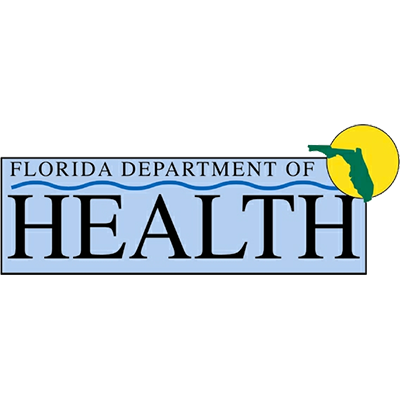Links to other resources: Residential Treatment, Detox, Type D Personalities
From 2001 to 2012, fentanyl overdoses went from being a small problem in America to a major issue within the context of the overall overdose and substance use disorder problem. These changes coincide with a complete shift in the nature of the fentanyl being used on the street. In 2001, the fentanyl overdoses that were occurring were from the abuse, or misuse, of fentanyl patches and fentanyl lollipops designed for the treatment of very serious pain, often pain from cancer and other illnesses. In 2012 we began to see a shift towards illicit fentanyl, fentanyl not produced for, or intended to be used by, these same legitimate patients with pain. In 2012 specifically, around 29% of overdose deaths from opioids involved fentanyl in some capacity. Despite the increase from 1% to 29% in fentanyl-involved opioid overdoses from 2001 to 2012, there was barely any increase in funding for programs designed to curb fentanyl abuse and overdose. The only real discussion of curbing fentanyl use came from the rehab and treatment field. The best drug and alcohol rehabs in Florida, including Florida Springs in Panama City, have sharply increased the focus on discussion of fentanyl as a dangerous substance wreaking havoc on local communities.
Sharp Increase in Deaths, Not in Funding
The only real increases in funding aimed at fentanyl were on the law enforcement side of things, designed to target the sale and trafficking of fentanyl, and we know that those funding increases were a complete failure, and always are, when it comes to actually lowering harm from overdoses in the Unites States. A big reason that programs and funding did not increase is that, even though 29% is a large number of overdoses that involved fentanyl in some way, the issue was still bubbling under the widespread popular consciousness. After 2012 we have seen sharp increases in fentanyl involved overdoses. From 29% to over 90%. Beyond just the statistics involving percentages, the raw numbers of fentanyl overdose deaths have increased from a few hundred a year or less to over 100,000 deaths in the last year or so.
We talked a month or so ago about the ridiculous and dangerous disconnect that exists between experts in this field and national policy makers. Experts at the best drug and alcohol treatment centers in Florida and elsewhere fully understand how fentanyl is affecting addicts and how difficult it will be to slow down the role fentanyl is playing on the streets, but lawmakers in Washington do not even demonstrate a basic level of knowledge about fentanyl on the street. There has been increasing discussion recently of making the penalties for selling fentanyl much more serious, including sharp increases in jail time. Unfortunately, these plans misunderstand the facts on the street, where small time drug dealers often do not know they are selling fentanyl rather than heroin. Even if they all did know, it is a basic economic fact that supply will always meet demand. If there are people who want to buy heroin/fentanyl, there will be dealers of varying levels who will sell those substances. Increasing the legal punishments for these activities only adds to the misery of people who find themselves mixed up in the street drug trade. Only lowering demand for illicit drugs will slow down the sale of illicit drugs. That is where increased funding for treatment and education can play a huge role. If fentanyl overdose deaths have increased 500% in the last few years, we will not begin to make a dent in this serious problem until funding more than matches those rates. Funding of treatment and education for addicts and people with substance use disorders should have increased 500% or more in just the last few years, and it did not increase in any meaningful way. Not only do we need to stop increasing funding on the law enforcement side of this issue, but we also have strong evidence that we need to completely re-evaluate the role that the justice system plays in the field of drug and alcohol rehab and treatment in Florida and around the country. I will further discuss some of these issues with a deeper focus on the role of law enforcement later this week. If you or a loved one needs to speak to a counselor at the best drug and alcohol rehab in Florida, call our Panama City facility today.
By T.A. Cannon




